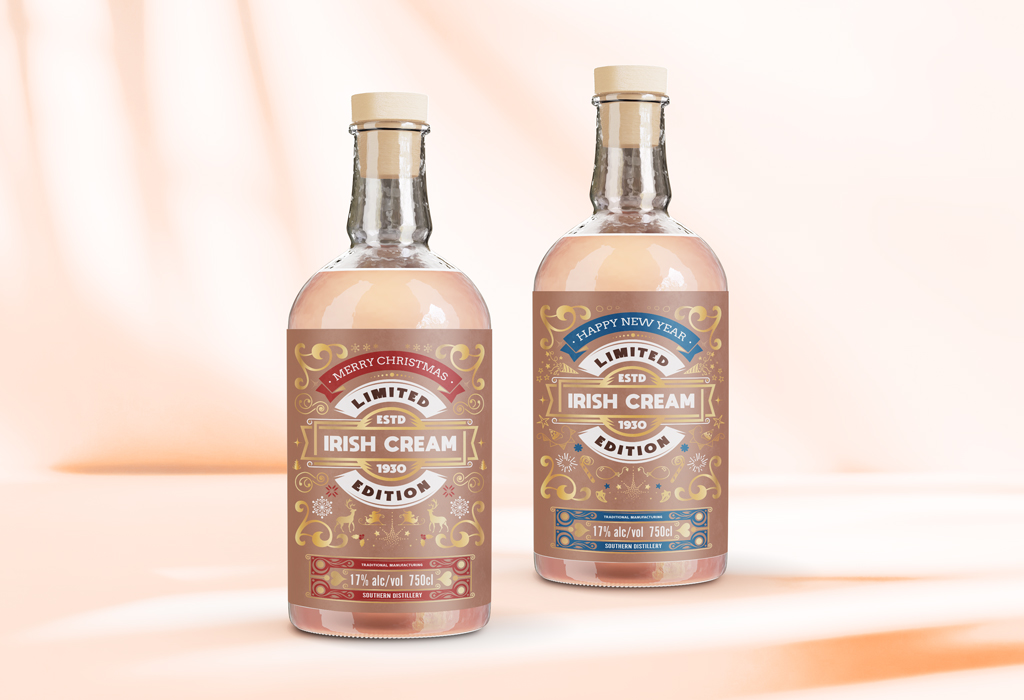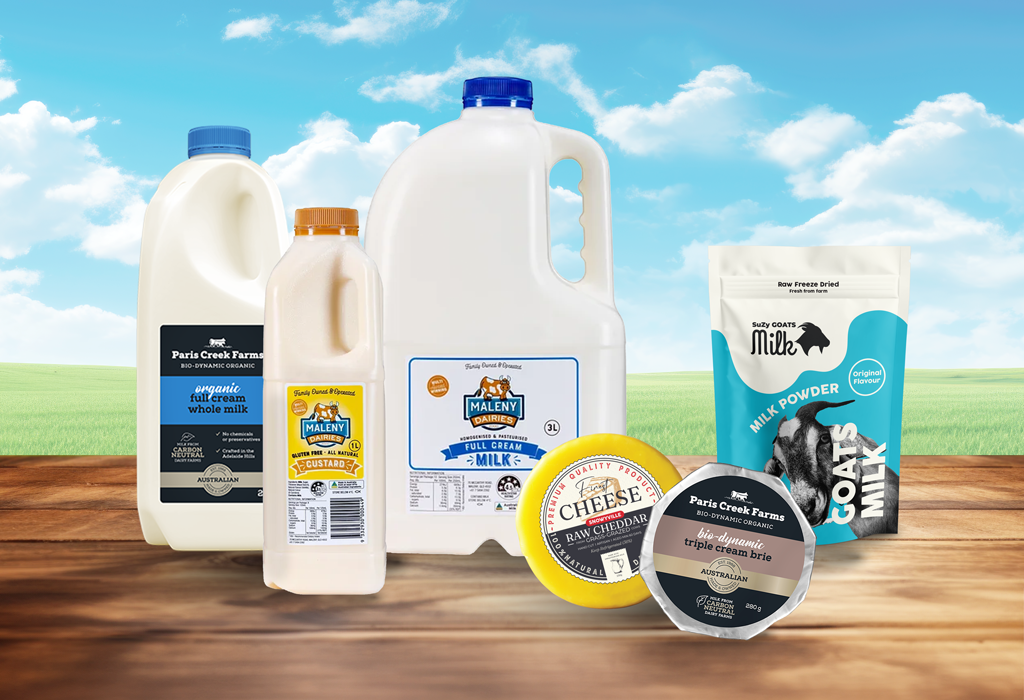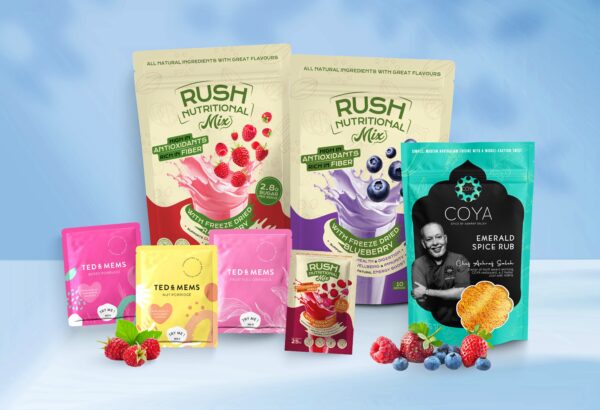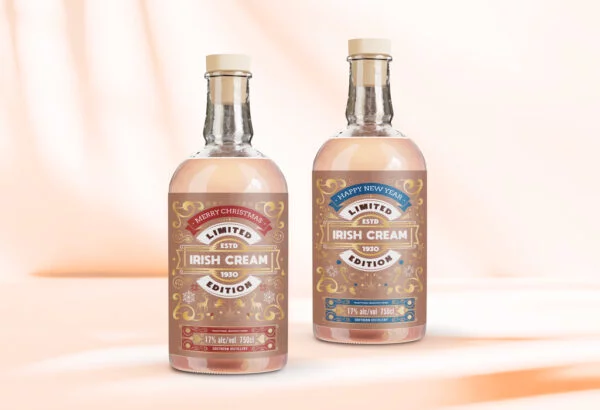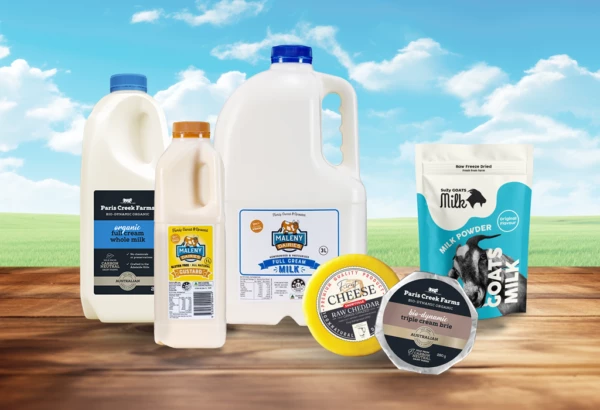By FSANZ & Audrey Yow from Food Navigator Asia (2024, September 09)
Moves to introduce new alcoholic labelling standards in Australia and New Zealand, including listing carbohydrate, sugar, and energy values on pack, have moved a step closer.
The Food Standards Australia New Zealand (FSANZ) is expected to consider the proposals in late 2024 or early 2025. This comes after the completion of public consultations on the alcohol labelling proposals.
Sugar & carbohydrate content
The New Zealand Food and Grocery Council (NZFGC) is supportive of including sugar content for alcoholic beverages with more than 1.15% ABV. This is because it allows producers to make accurate statements about the level of sugar and carbohydrates in their products, which will provide useful and transparent information to consumers. Furthermore, drinkers want the option of no or low sugar and carbohydrate products – they want to see this type of accurate and transparent information displayed on the label, according to Asahi.
Energy labelling
FSANZ found that consumers are generally unaware that alcohol is the main source of energy in wine, beer, and spirits. Rather, one available New Zealand-based study found that consumers tended to believe that sugar was the main source of energy in these beverages. The overall finding is that consumers are generally unable to correctly estimate the energy content – i.e. number of kilojoules or calories – in alcoholic beverages.
Therefore, it maintains that a mandatory approach for the provision of energy content information on alcoholic beverages would ensure greater coverage and consistency for consumers to make informed choices.
For the declaration of energy content information, the NZFGC and The George Institute do not support the use of ‘Nutrition Information’. This is because alcohol is not generally consumed for its nutrition – there are varying views on its health benefits, but these are related more to health effects rather than nutrition. The George Institute prefers the use of ‘Energy Information Panel’ instead. It also supports the declaration of energy per 100ml. However, it does not support the terms ‘serve’ and ‘serving’ being used anywhere on alcohol packages due to the potential for this to generate a health halo for alcohol products. This is because there may be an added complication of consumers becoming confused about the difference between a standard drink and a serving.
Benefits of upcoming changes
The Food Ministers’ Meeting (FMM) raised concerns about sugar claims on alcoholic beverages. Specifically, it said that sugar-free claims are misleading, and that alcohol is promoted as a healthier choice when public health advice is to limit alcohol intake. It also stated that consumers’ ability to understand the energy contribution that alcohol makes to their diet is severely limited, as alcoholic beverages are exempt from providing nutrition information on the label.
Research evidence similarly indicates consumers generally have a poor understanding of the energy content of alcoholic beverages and do not understand alcohol is the main source of energy in most alcoholic beverages. They do however generally value energy content information on the label of alcoholic beverages. Updates to the alcohol labelling will therefore help consumers best understand the information and make informed choices, said FSANZ.
With 50 years of experience in alcoholic beverage labels, QLM offer extensive options to level up your brand, from blank, printed to customisation & specialty labels, call us to discuss more +61 1300 792 782 or email to our experts: [email protected]







